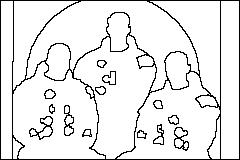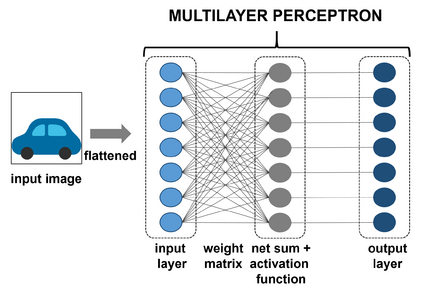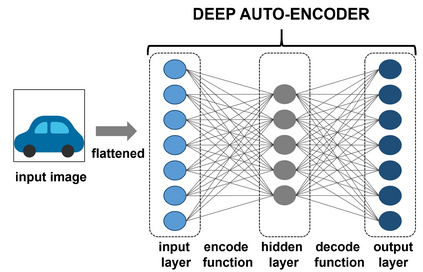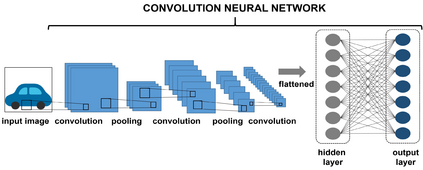Image segmentation is a central topic in image processing and computer vision and a key issue in many applications, e.g., in medical imaging, microscopy, document analysis and remote sensing. According to the human perception, image segmentation is the process of dividing an image into non-overlapping regions. These regions, which may correspond, e.g., to different objects, are fundamental for the correct interpretation and classification of the scene represented by the image. The division into regions is not unique, but it depends on the application, i.e., it must be driven by the final goal of the segmentation and hence by the most significant features with respect to that goal. Thus, image segmentation can be regarded as a strongly ill-posed problem. A classical approach to deal with ill posedness consists in incorporating in the model a-priori information about the solution, e.g., in the form of penalty terms. In this work we provide a brief overview of basic computational models for image segmentation, focusing on edge-based and region-based variational models, as well as on statistical and machine-learning approaches. We also sketch numerical methods that are applied in computing solutions to these models. In our opinion, our view can help the readers identify suitable classes of methods for solving their specific problems.
翻译:图像分割是图像处理和计算机视觉的一个中心议题,也是许多应用,例如医学成像、显微镜、文件分析和遥感中的一个关键问题。根据人类的认知,图像分割是将图像分割成非重叠区域的过程。这些区域,例如,与不同对象相对应,对于图像所代表的场景的正确解释和分类至关重要。在这项工作中,我们简要概述了图像分割的基本计算模型,侧重于边缘和基于区域的变异模型,以及统计和机器学习方法。我们还绘制了在计算这些模型时采用的具体方法。我们还绘制了在计算这些模型时采用的具体方法。














